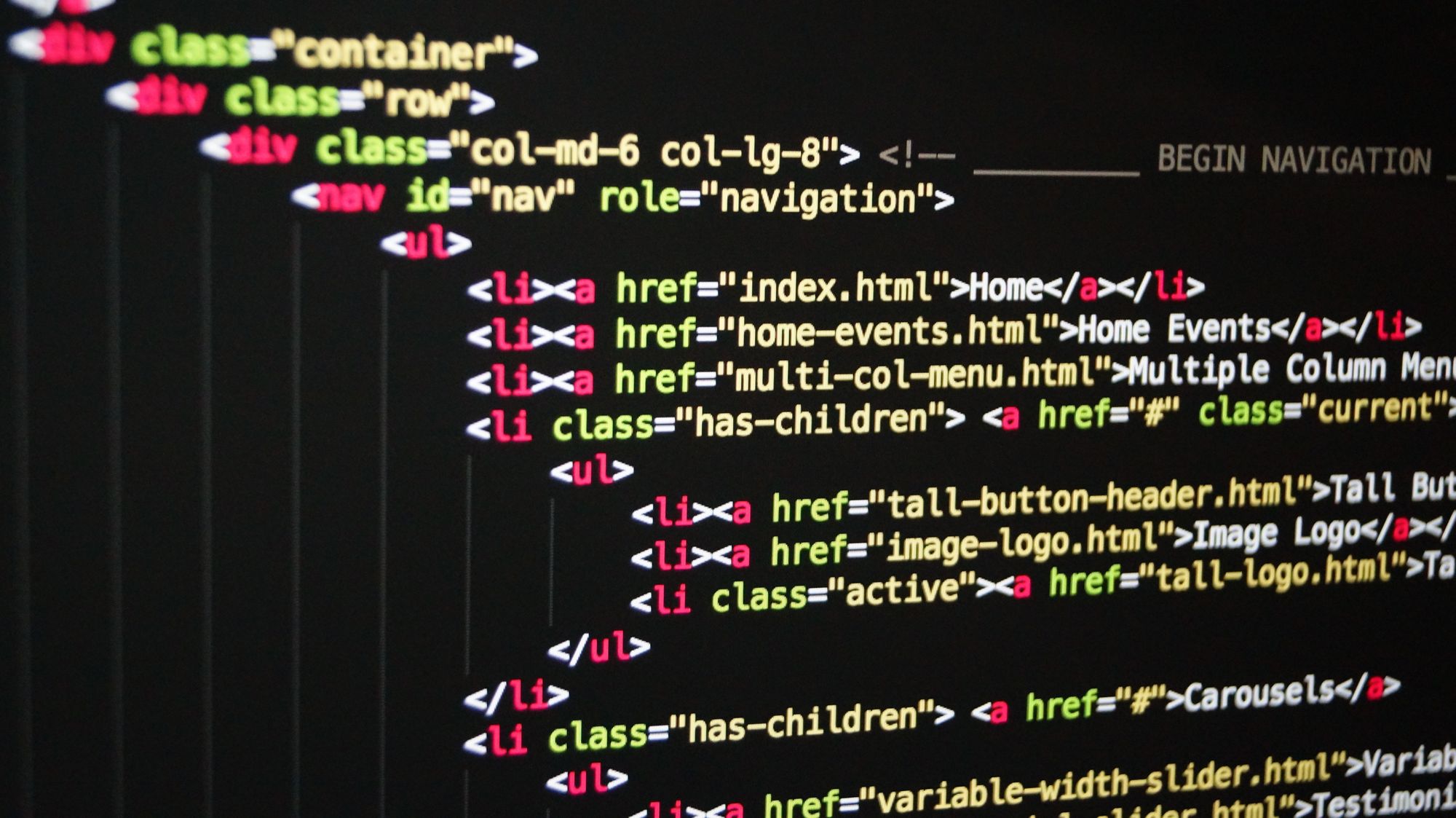In the realm of web development, the HTML (Hypertext Markup Language) formatter plays a crucial role in ensuring clean, organized, and maintainable code. This article explores why HTML formatter is essential tools for developers, how they enhance productivity, improve code quality, and contribute to overall project efficiency.
Understanding HTML Formatting
HTML is the foundation of web pages, defining the structure and content of a webpage through a series of elements and tags. While browsers are forgiving of minor syntax errors, maintaining consistent formatting is crucial for readability, collaboration, and long-term maintenance of codebases. HTML formatters automate the process of formatting HTML code according to best practices and standards, ensuring uniformity and adherence to coding guidelines.
Benefits of Using an HTML Formatter
- Consistency: By enforcing a consistent coding style, HTML formatters ensure that all developers working on a project follow the same conventions. This consistency reduces confusion, improves readability, and makes it easier to understand and modify code over time.
- Readability: Well-formatted code is more readable, both for developers and for anyone who may need to review or maintain the code in the future. Clear indentation, proper spacing, and consistent use of tags and attributes make it easier to identify the structure and purpose of each element.
- Efficiency: Formatting HTML manually can be time-consuming and error-prone. HTML formatters automate this process, allowing developers to focus on writing code rather than spending time adjusting formatting details. This efficiency translates into faster development cycles and reduced debugging time.
- Enforcement of Standards: HTML formatters can be configured to enforce coding standards and best practices automatically. This includes guidelines on indentation, line breaks, attribute ordering, and more. By adhering to these standards, developers produce cleaner code that is easier to maintain and less prone to errors.
- Collaboration: In collaborative development environments, consistent formatting is essential for effective teamwork. HTML formatters ensure that all team members can easily understand and work with each other’s code, regardless of individual coding styles or preferences.
- Maintenance: Well-formatted code is easier to maintain over the long term. When code is structured logically and formatted consistently, developers can quickly locate specific sections, make updates or fixes, and implement new features without introducing unintended errors.
- Accessibility and SEO: Properly formatted HTML can enhance accessibility and search engine optimization (SEO). Semantic HTML, which correctly uses tags to define the structure and meaning of content, improves accessibility for users with disabilities and helps search engines better understand and index the content of web pages.
Features of HTML Formatters
HTML formatters typically offer a range of features designed to streamline the formatting process and enhance code quality:
- Automatic Indentation: Ensures consistent and readable indentation of HTML elements and nested tags.
- Whitespace Management: Handles spaces, line breaks, and alignment to maintain a clean appearance.
- Attribute Sorting: Orders attributes within HTML tags based on predefined rules, improving readability and organization.
- Syntax Highlighting: Highlights different elements, attributes, and values in distinct colors to visually distinguish them, aiding readability and comprehension.
- Configuration Options: Allows customization of formatting rules and preferences to align with specific project requirements or coding standards.
- Integration with IDEs and Editors: Many HTML formatters integrate seamlessly with popular integrated development environments (IDEs) and text editors, providing a convenient way to format code directly within the development environment.
Choosing the Right HTML Formatter
When selecting an HTML formatter, developers should consider several factors:
- Compatibility: Ensure compatibility with the development environment and tools used in the project.
- Customization: Look for flexibility in configuring formatting rules to match project-specific guidelines.
- Performance: Opt for formatters that operate efficiently, especially with large codebases.
- Community Support: Choose tools with an active community and regular updates to ensure compatibility with new HTML standards and best practices.
Conclusion
In conclusion, HTML formatters are indispensable tools for modern web development, offering significant benefits in terms of consistency, readability, efficiency, and collaboration. By automating the formatting of HTML code according to established standards and best practices, these tools contribute to the overall quality and maintainability of web projects. Whether working on small websites or large-scale applications, developers can leverage HTML formatters to streamline their workflow, reduce errors, and enhance the accessibility and SEO of their web content. Embracing HTML formatters as part of the development process not only improves coding practices but also contributes to a more efficient and enjoyable development experience.
